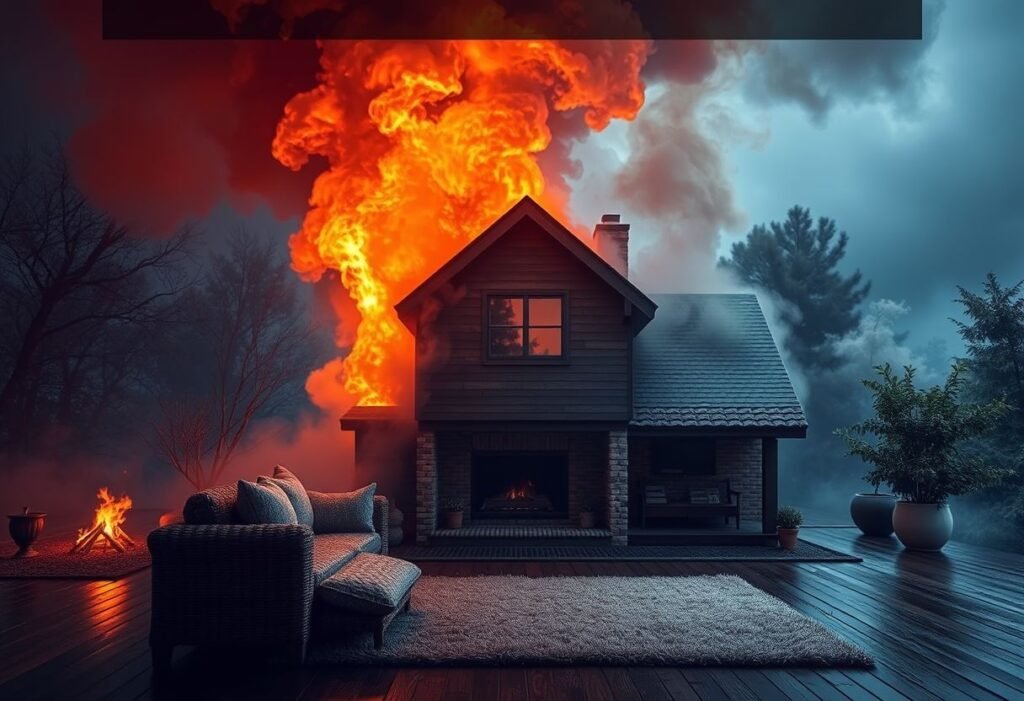Prioritizing Kitchen Safety
The kitchen is a common hotspot for fires, making it critical to prioritize safety in this area. Investing in reliable and safe appliances is non-negotiable. Consider using stoves with fire safety features and proper exhaust hoods that mitigate the risks of smoke and grease buildup. Don’t forget to keep a fire extinguisher and fire blanket within reach in case of emergencies. Regularly cleaning cooking surfaces and exhaust filters is equally vital—neglect can result in a fire that spirals quickly out of control.
Regular Electrical Inspections
Many household fires are caused by electrical malfunctions. To combat this risk, schedule regular inspections of your wiring and outlets. For older homes, it’s especially important to have an electrician assess the state of your electrical system. They can identify dangers such as frayed wiring or overloaded circuits. Remember, maintaining electrical safety isn’t just about convenience; it’s a matter of life and death.
Installing a Fire Alarm System
Having a fire alarm system is an excellent investment in your family’s safety. These alarms can detect smoke and heat early, giving you precious moments to evacuate your home. Make sure your smoke detectors are placed in every bedroom, hallway, and on every level of your home. Regularly test them and replace batteries to ensure they work effectively when needed most.
Properly Storing Flammable Materials
The presence of flammable materials increases the risk of a fire significantly. Ensure that substances like cleaning supplies, paints, and sprays are stored in proper containers and away from heat sources. Take special care to keep these items in well-ventilated areas, as even the smallest spark can ignite a disastrous fire.
Creating an Evacuation Plan
In a fire emergency, a swift and efficient evacuation is vital. Draft an evacuation plan that includes multiple escape routes and a designated meeting spot outside the home. Print this plan and place it in a visible area. Make sure all family members are well-acquainted with the procedure, and hold regular fire drills to instill confidence in responding to a real danger.
Maintaining a Safe Outdoor Space
Fire safety doesn’t stop at your front door; it extends into your yard. Ensure that any outdoor features, such as fire pits or wood piles, are a safe distance from your home. Properly secure your grill and wipe down any accidental spills for safer barbecue experiences. Remember, even scruffy leaves or dry brush can easily become potential fire hazards during hot months.
Conclusion
Fires can be devastating, turning homes into ashes and dreams into nightmares. However, taking proactive measures can make a world of difference in ensuring safety. By prioritizing kitchen safety, conducting electrical inspections, installing fire alarms, and having an evacuation plan in place, you can create a secure environment for your family. Don’t wait for a tragedy to strike—take steps to protect what matters most today!
Disclaimer
This article is for informational purposes only and does not substitute for professional fire safety advice. It is recommended that you consult with specialists in the field for comprehensive fire prevention strategies.

















